Ford Mustang (1999-2004) Service Manual: Front Bumper Cover
Removal and Installation
NOTE: Mustang shown, GT and Cobra similar.
1. Remove the pin-type retainers and the radiator upper sight shield.
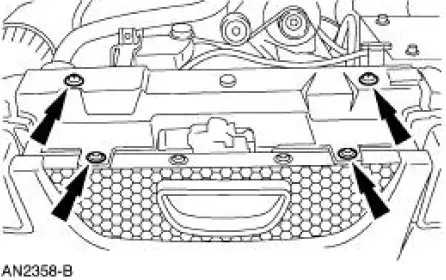
2. Remove the two pin-type retainers (one each side).
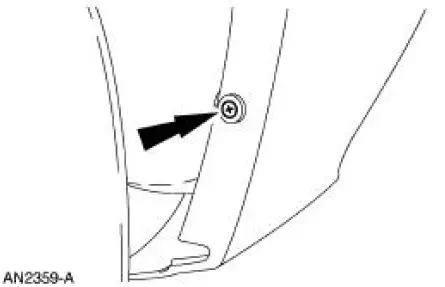
3. Remove the four front bumper cover nuts (two each side).
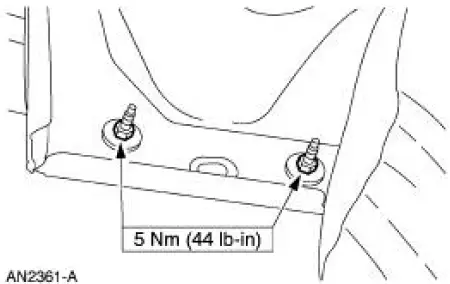
4. Remove the lower bumper cover pin-type retainers.
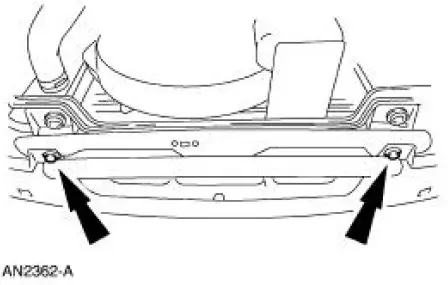
5. Remove the four headlamp mounting clips.
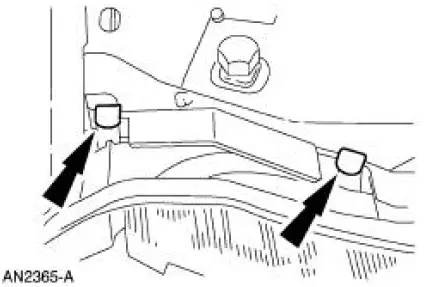
6. Disconnect the parking lamp and the headlamp electrical connectors (two each) and remove the two headlamps.
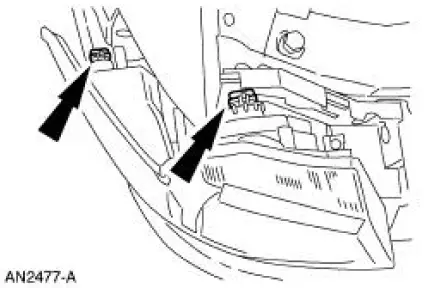
7. Remove the pin-type retainers.
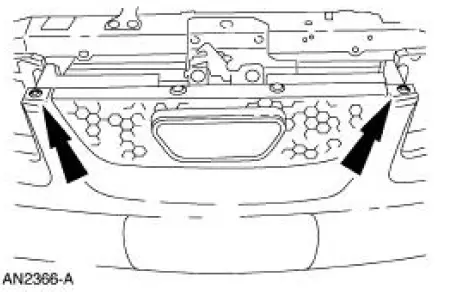
8. If equipped, remove the pin-type retainers.
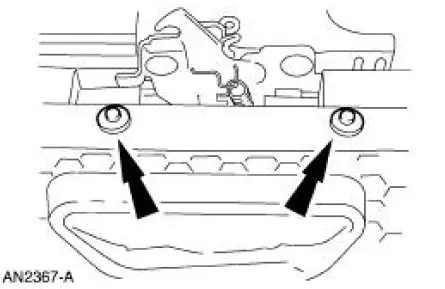
9. If equipped, disconnect the fog lamp electrical connectors.
10. Lift up on the tabs and remove the front bumper cover.
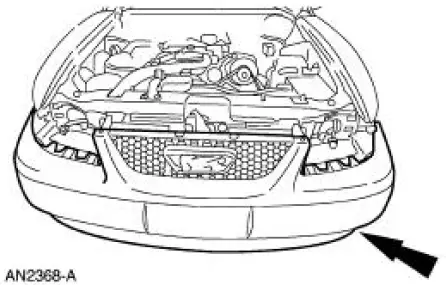
11. To install, reverse the removal procedure.
 Bumpers
Bumpers
Torque Specifications
Bumpers
CAUTION: Never apply excessive heat to the bumper cover surface. Heat
could cause
distortion of the bumper cover.
The bumper systems consist of the following components ...
 Rear Bumper Cover
Rear Bumper Cover
Removal and Installation
1. Remove the luggage compartment trim panel covers.
2. Remove the seven rear bumper cover nuts.
3. Remove the fuel drain hose.
4. Remove the four bumper cover screws (tw ...
Other materials:
Starting System (Description and Operation)
Starter Motor
The starter motor is a 12-volt unit that has the starter solenoid mounted on
the drive end housing and
functions as follows:
The current flows through the solenoid energizing coil until the
solenoid plunger is at the end of
its travel.
The ...
Valve Stem to Valve Guide Clearance
Special Tool(s)
Dial Indicator Gauge with
Holding Fixture
100-002 (TOOL-4201-C) or
equivalent
Clearance Gauge, Valve Guide
303-004 (TOOL-6505-E) or
equivalent
NOTE: Valve stem diameter must be within specifications before
checkin ...
Lumbar Motor
Removal and Installation
All vehicles
1. Remove the front seat. For additional information, refer to Seat-Front
Power in this section.
2. Disconnect the power seat track electrical connector.
3. Remove the four seat track bolts.
Vehicles with standar ...
